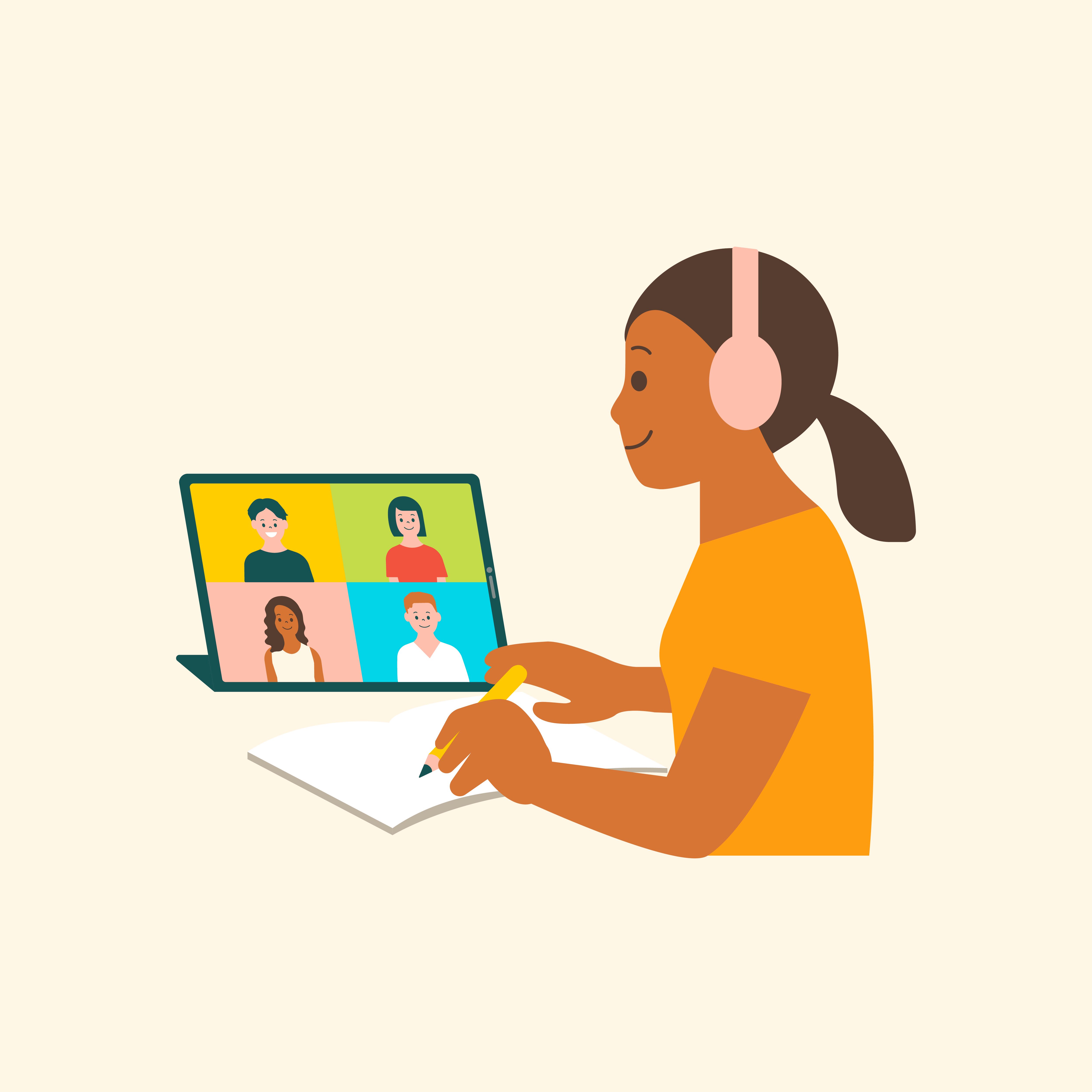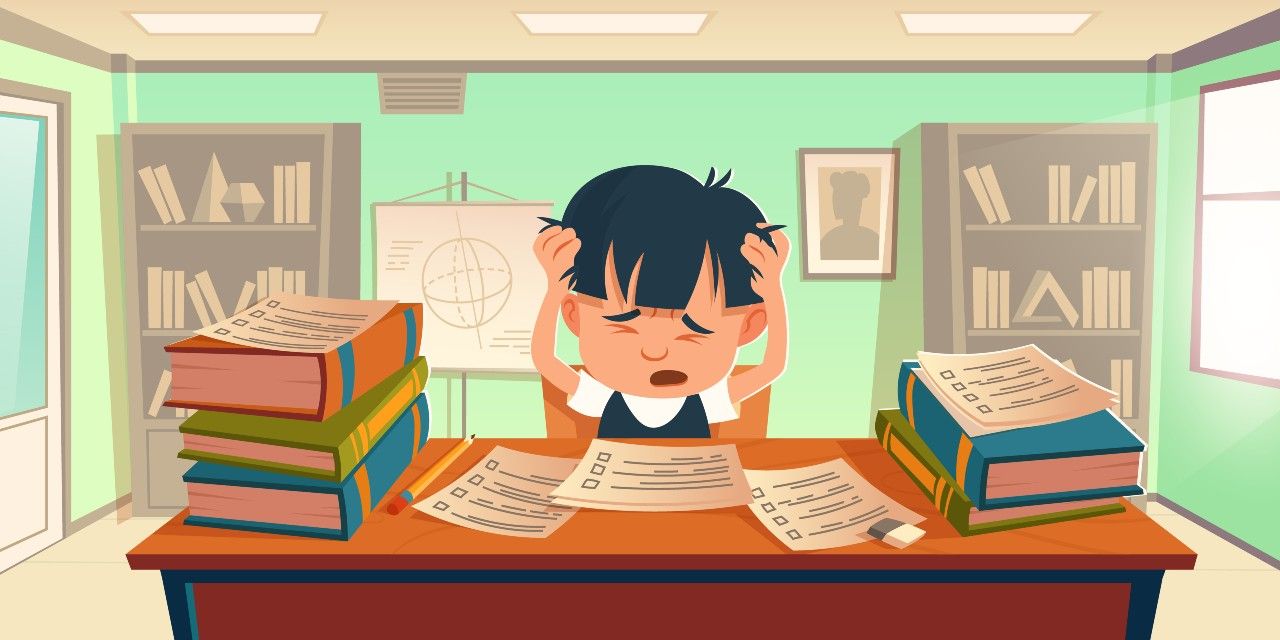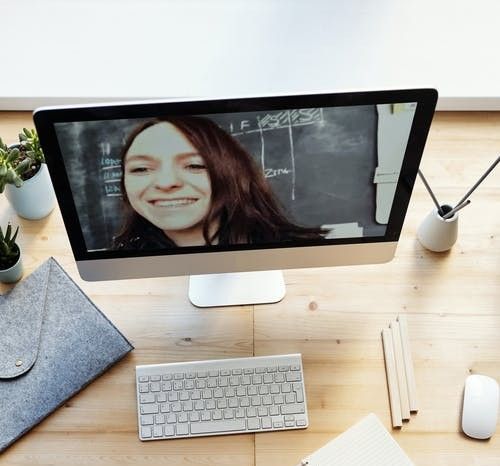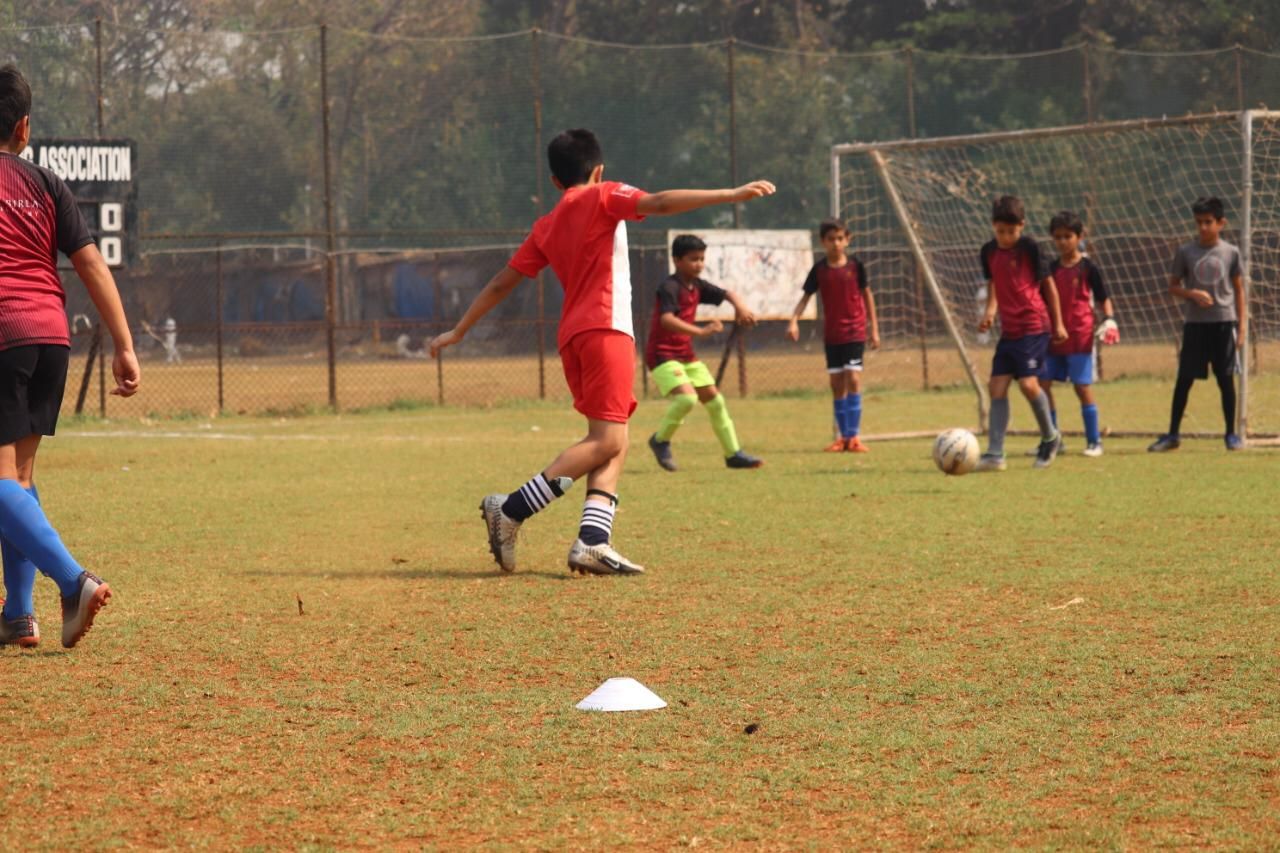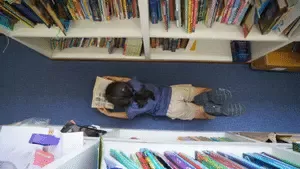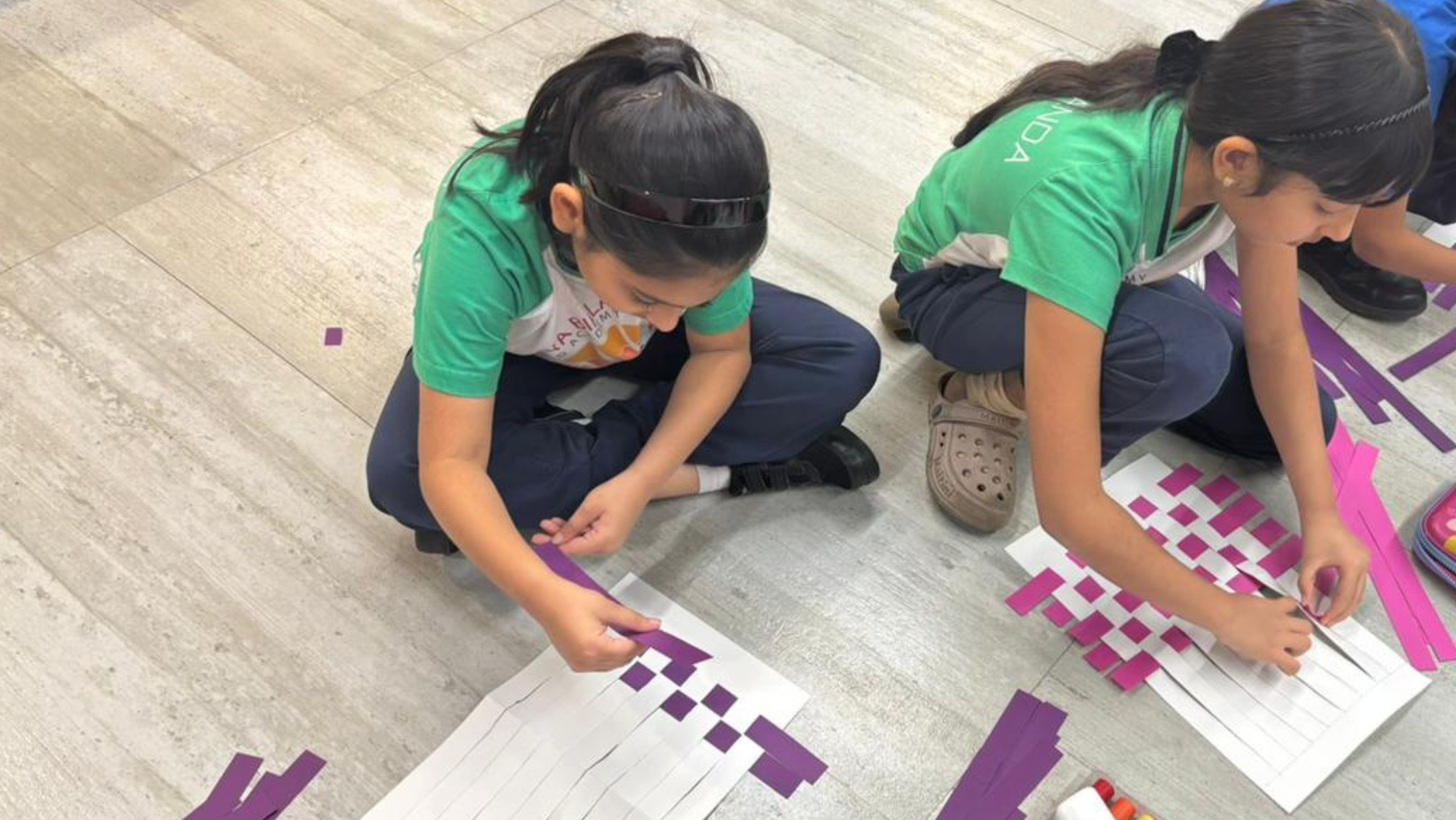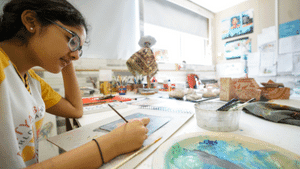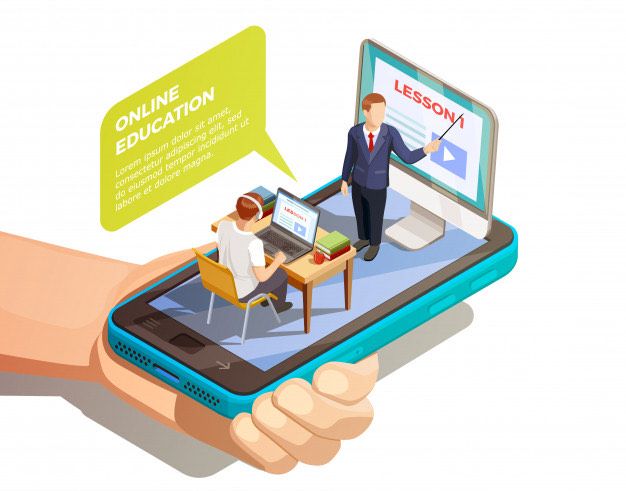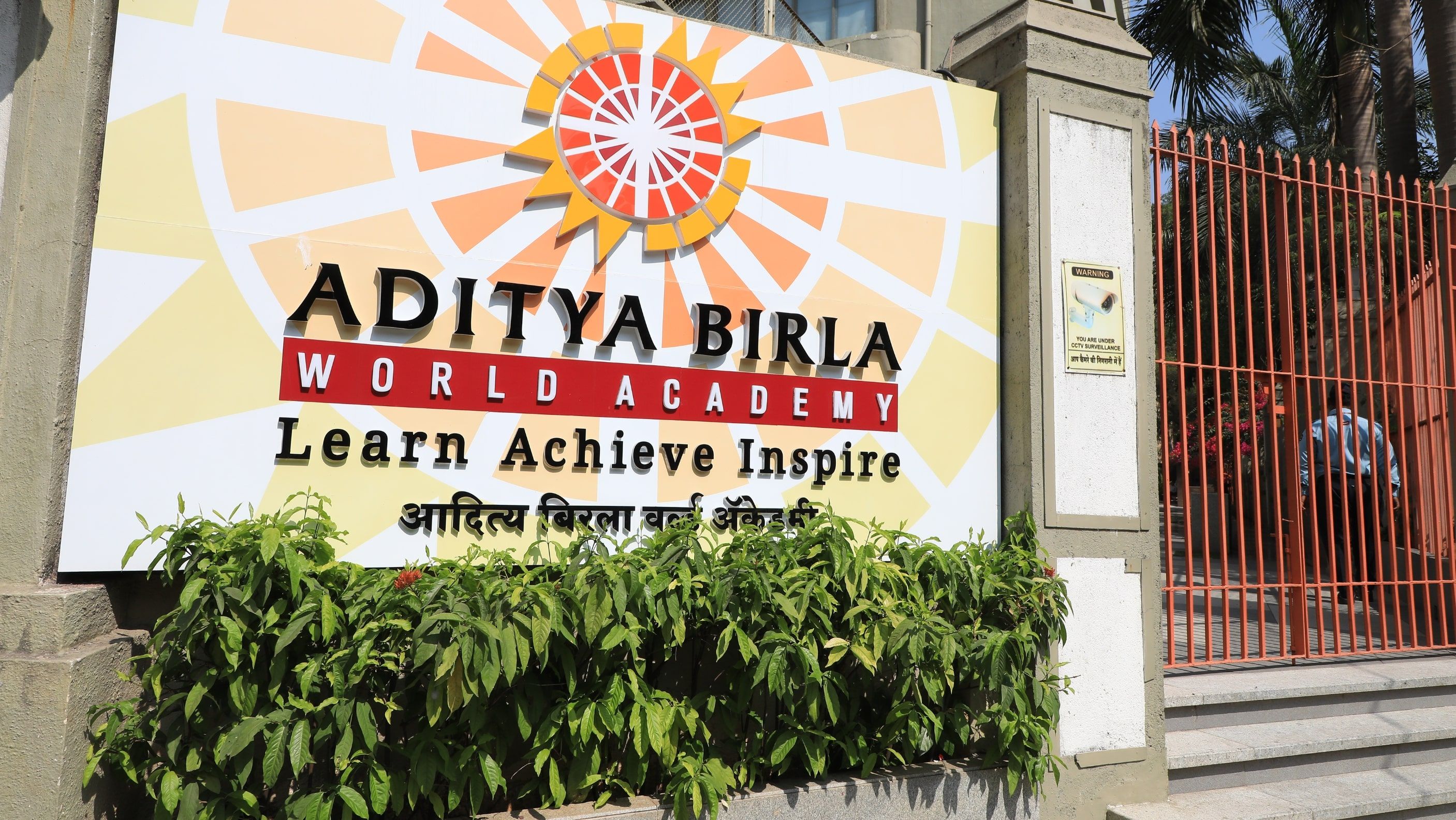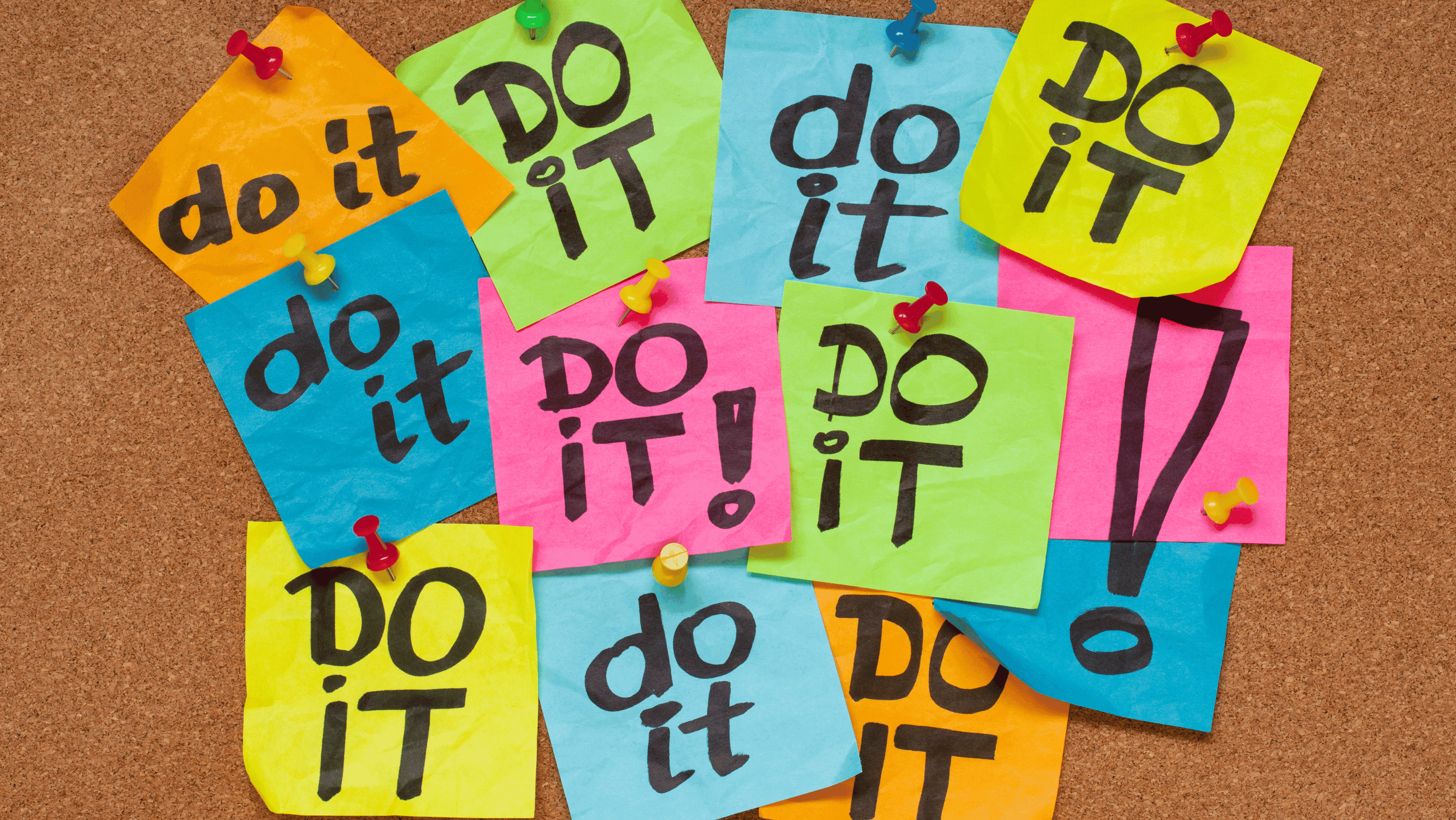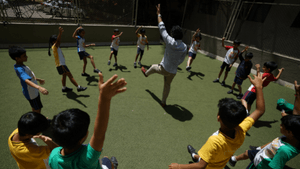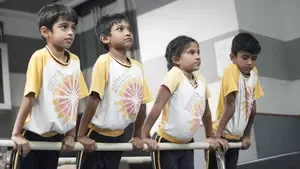In the halls of Aditya Birla World Academy, known as the best international school in Mumbai, there resonates a profound understanding: the future belongs to the creative.
This blog post delves into the indispensable role that creativity plays in education, setting the foundation for innovative thinking and problem-solving skills vital in the 21st century.
Creativity is not just an artistic trait; it's a crucial skill set. It's about seeing the world not just as it is but as it could be. At ABWA, we harness the power of creativity to transform traditional learning methods, fostering a culture where imagination and innovation thrive.
Here, creativity isn’t confined to art rooms; it permeates every classroom, every course, and every conversation. We understand that to prepare students for a world that's constantly evolving, they need to be able to think not just critically but also creatively.
From interdisciplinary projects that blend science with arts to problem-solving initiatives that tackle real-world issues, our approach is holistic. We encourage students to question, explore, and innovate, fostering an environment where creative thought is celebrated.
Join us as we explore how Aditya Birla World Academy, a beacon of educational excellence in Mumbai, is nurturing the power of creativity to shape the minds that will shape our future.
Creative Thinking: A Key Skill for the 21st Century
In an era marked by rapid technological advancements and global interconnectedness, the ability to think creatively has become indispensable.
At Aditya Birla World Academy, we recognize that the challenges and opportunities of the 21st century require more than just traditional learning; they demand a capacity for innovative thought and creative problem-solving.
Creative thinking is not confined to artistic pursuits alone. It encompasses a broad spectrum of skills including critical analysis, the ability to connect disparate ideas, and the capacity to envision novel solutions.
In our classrooms, we nurture this skill through a curriculum that blends academic rigor with exploratory learning. Students are encouraged to question the status quo, imagine new possibilities, and develop unique approaches to complex problems.
The impact of fostering creative thinking extends beyond academic success. It prepares students for future careers, many of which may not even exist today.
In a world where change is the only constant, creativity has to equip students with the adaptability and resilience needed to thrive.
Why Creativity Matters in Education
At Aditya Birla World Academy, recognized as the best international school in Mumbai, we firmly believe in the transformative power of creativity in education. Here's why creativity is a cornerstone in our learning approach:
- Enhances Problem-Solving Skills:
Creativity isn't just about artistic expression; it's a fundamental skill for solving complex problems. It enables students to think outside the box and devise innovative solutions.
- Prepares for Future Challenges:
In a rapidly changing world, the jobs of tomorrow require adaptability and creative thinking. By nurturing creativity, education prepares students for careers that may not yet exist.
- Boosts Academic Performance:
Creative approaches to learning can enhance understanding and retention of information across various subjects, leading to improved academic outcomes.
- Fosters Emotional Intelligence:
Creativity in education helps develop empathy and emotional awareness, allowing students to better understand and engage with the world around them.
- Encourages Lifelong Learning:
A creative approach to education sparks curiosity and a love for learning. This instills a lifelong passion for exploration and personal growth.
- Builds Confidence and Resilience:
Creative activities provide students with opportunities to explore their talents and interests, building confidence and resilience.
By integrating creativity into our curriculum, students at our international school in Mumbai are equipped to become innovators and leaders in a rapidly evolving world.
Thinking Outside the Box: How Schools Should Encourage Innovation
In order to cultivate a culture of innovation and creativity and become a leading international school in Mumbai, schools can implement the following initiatives:
- Interdisciplinary Projects:
By integrating subjects such as science, technology, arts, and mathematics, schools can create a learning environment where students can connect different concepts and think innovatively.
- Creative Spaces:
Establishing dedicated areas for creative activities, like innovation labs or art studios, encourages students to explore and express their ideas freely.
- Collaborative Opportunities:
Encouraging teamwork on projects not only builds social skills but also allows students to learn from diverse perspectives, sparking innovative ideas.
- Real-World Problem Solving:
Incorporating real-world challenges into the curriculum can inspire students to apply their learning to create tangible solutions, fostering a practical understanding of innovation.
- Guest Workshops and Seminars:
Inviting experts from various fields to share their experiences can provide students with fresh insights and inspire them to think differently.
- Extracurricular Clubs and Activities:
Offering clubs focused on robotics, coding, arts, and environmental sustainability can nurture specific interests and innovative thinking.
Creative Technologies to Revolutionise Classroom Experiences
Embracing technology in education is pivotal for schools. Here's how creative technologies are evolutionising classroom experiences:
- Virtual Reality (VR) and Augmented Reality (AR):
These immersive technologies transform learning into an interactive experience. Students can virtually visit ancient civilizations or science classes where they can explore the human body in 3D.
- Interactive Whiteboards:
By replacing traditional chalkboards, they make lessons more engaging. Teachers can display multimedia content, write notes that can be saved digitally, and students can interact with the material directly on the screen.
- Educational Apps and Platforms:
Apps designed for creative learning allow students to explore subjects through interactive games and challenges. Platforms like coding and design software inspire creativity and technical skills.
- Robotics and Coding Kits:
Incorporating robotics into the curriculum fosters problem-solving and logical thinking. Students learn to build and program robots, integrating science, technology, engineering, and math concepts in a hands-on way.
- Digital Storytelling Tools:
Tools that enable digital storytelling encourage students to create and share their own narratives, enhancing writing skills and artistic expression.
Bottomline
In conclusion, the power of creativity in education is more than a mere academic enhancement; it's a vital ingredient in shaping the thinkers, leaders, and innovators of tomorrow.
By embedding creative thinking, interdisciplinary learning, and cutting-edge technologies into the curriculum, we embrace the endless possibilities of a creative mindset.
This way we not only enrich the educational journey of our students but also equip them with the skills necessary to thrive in an ever-evolving world. The future, indeed, belongs to the creative.

















